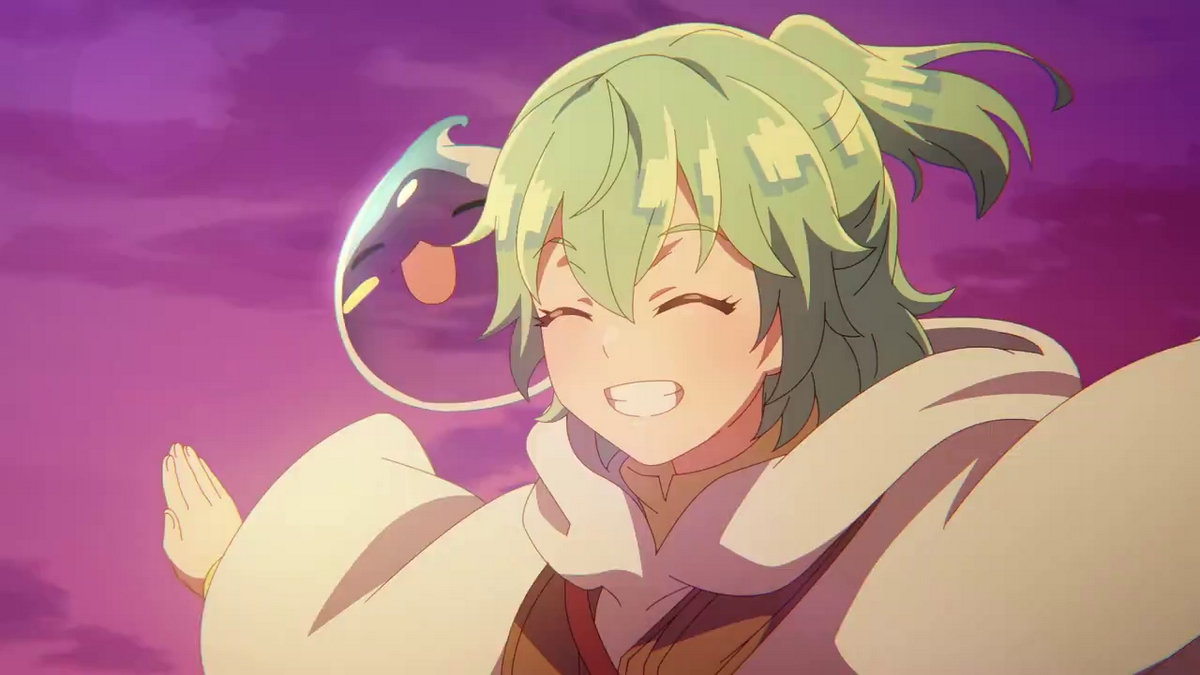
Advertisement
Slice-of-life anime has long been considered the genre of quiet comfort, a cozy corner of storytelling that leans into the everyday: shared lunches, accidental blushes, classroom antics, and fleeting summer days. Shows like Clannad, Barakamon, and March Comes in Like a Lion demonstrated that drama doesn’t need explosions—sometimes, a whispered conversation or a single smile is more impactful.
In a medium often dominated by over-the-top powers and complex fantasy worlds, slice-of-life anime has carved its identity through small emotional truths. But in recent years, critics and fans alike have started asking: is this genre running out of steam?
A casual glance at seasonal anime charts reveals a pattern—high school settings, introverted protagonists, obligatory beach episodes, the ever-present “awkward confession,” and a lineup of trope-heavy side characters. From the “clumsy but cute” girl to the “stoic but secretly sweet” senpai, these archetypes keep returning, often without much variation. When does familiarity cross the line into predictability?
This doesn’t mean slice-of-life anime is bad—in fact, it remains one of the most accessible and emotionally resonant genres in anime. But even the most loyal fans have begun to notice that many newer series are treading the same narrative paths. In an industry that increasingly relies on seasonal turnover and rapid production, does slice-of-life suffer more than other genres from creative stagnation?
In this article, we’ll examine:
-
The most common tropes and how often they reappear
-
Why certain clichés became standard in the first place
-
Whether the genre is truly stagnating or simply evolving
-
Examples of recent slice-of-life shows that break the mold
-
The fine line between formula and fatigue
Through this lens, we’ll explore whether slice-of-life anime is becoming too repetitive—or if it’s quietly reinventing itself in the margins.
The Appeal of Slice-of-Life: Why We Keep Coming Back
Before addressing tropes, it’s important to acknowledge why slice-of-life anime resonates so deeply. Unlike action-packed shonen or mind-bending thrillers, this genre captures the fleeting, intangible aspects of real life—nostalgia, quiet growth, healing, and friendship.
Key features of classic slice-of-life:
-
Low stakes, high emotion: The drama is interpersonal, not world-ending.
-
Focus on relationships: From familial bonds to first crushes.
-
Everyday rhythm: Scenes unfold in homes, schools, and parks.
-
Character-driven: Personal growth takes precedence over external conflict.
These elements give viewers a sense of peace, familiarity, and gentle catharsis. In a world overloaded with stress and chaos, slice-of-life offers emotional refuge. But that very strength—the comforting predictability—may also be its creative trap.
Trope Overload: What’s Becoming Repetitive?
Let’s look at some common slice-of-life tropes that have become so routine, they border on parody:
-
The High School Setting: Almost every series takes place here. Rarely do we see workplace or university life.
-
The Childhood Friend Love Triangle: One character silently pines while the MC obliviously chases someone else.
-
Overused Archetypes: The “genki girl,” the “cool senpai,” the “moe clutz”—recycled personalities that lack depth.
-
Seasonal Episodes: The beach, the festival, the fireworks—all expected, rarely surprising.
-
Forced Emotional Beats: Some newer series aim for tears without building the emotional groundwork.
Repetition itself isn’t always bad—genres often rely on recognizable patterns. But without innovation, these tropes feel hollow. Emotional impact fades when every storyline feels like a re-skin of the last five shows.
Why Do These Tropes Keep Appearing?
There are several reasons why slice-of-life anime continues to recycle these elements:
-
Market Demand: Light novel adaptations and manga with tried-and-tested setups are safer bets for studios.
-
Production Constraints: With limited budgets and tight schedules, sticking to familiar frameworks is efficient.
-
Audience Expectations: Viewers often seek comfort and familiarity—especially in this genre.
-
Commercial Models: Merchandising often favors cute, recognizable character archetypes.
So, while it may seem like creators are running out of ideas, many are simply responding to what sells.
Are There Slice-of-Life Shows Breaking the Mold?
Yes—and they deserve more attention.
-
March Comes in Like a Lion: Blends slice-of-life with psychological drama, tackling depression, grief, and identity.
-
Barakamon: Offers an adult protagonist and rural setting, focusing on artistic growth and healing.
-
My Dress-Up Darling: Uses a standard setting but flips dynamics by focusing on niche hobbies and mutual respect.
-
Usagi Drop: Explores non-romantic family bonds with a single father and child.
-
The Tatami Galaxy: A surrealist take on student life, with a looping narrative and introspective monologue.
These shows succeed because they bring new emotional layers or aesthetics while respecting the genre’s roots. They prove that slice-of-life doesn’t have to reinvent itself entirely—it just needs thoughtful execution.
Is the Genre Evolving—or Stagnating?
Slice-of-life anime is at a crossroads. On one hand, the genre continues to dominate in quantity; every season delivers multiple titles catering to fans of slow-paced, relationship-focused stories. On the other, originality is becoming a rarity.
There’s hope in hybridization—many newer series blend slice-of-life with other genres:
-
Horimiya (romance)
-
Komi Can’t Communicate (comedy)
-
Vivy: Fluorite Eye’s Song (sci-fi elements with personal storytelling)
By layering emotional subtlety onto broader narratives, creators can refresh familiar settings. The question is: will studios take more risks, or continue relying on formulaic appeal?
Conclusion: Comfort vs Creativity—A Genre in Transition
Slice-of-life anime has a unique magic. It slows time, reveals beauty in the mundane, and often says more with silence than action-packed genres do with explosions. But that magic risks fading if the genre becomes too reliant on tropes and routines.
While not every show needs to revolutionize the genre, there’s a growing appetite among fans for narratives that dig deeper, challenge structure, or represent broader experiences. Slice-of-life anime has room to evolve—through adult settings, diverse characters, new occupations, or international perspectives.
As the anime industry becomes more global and competitive, slice-of-life can remain relevant by embracing creativity without losing its heart.
So, are slice-of-life anime becoming repetitive? In some cases, yes. But there’s also a quiet revolution happening—if you know where to look.
